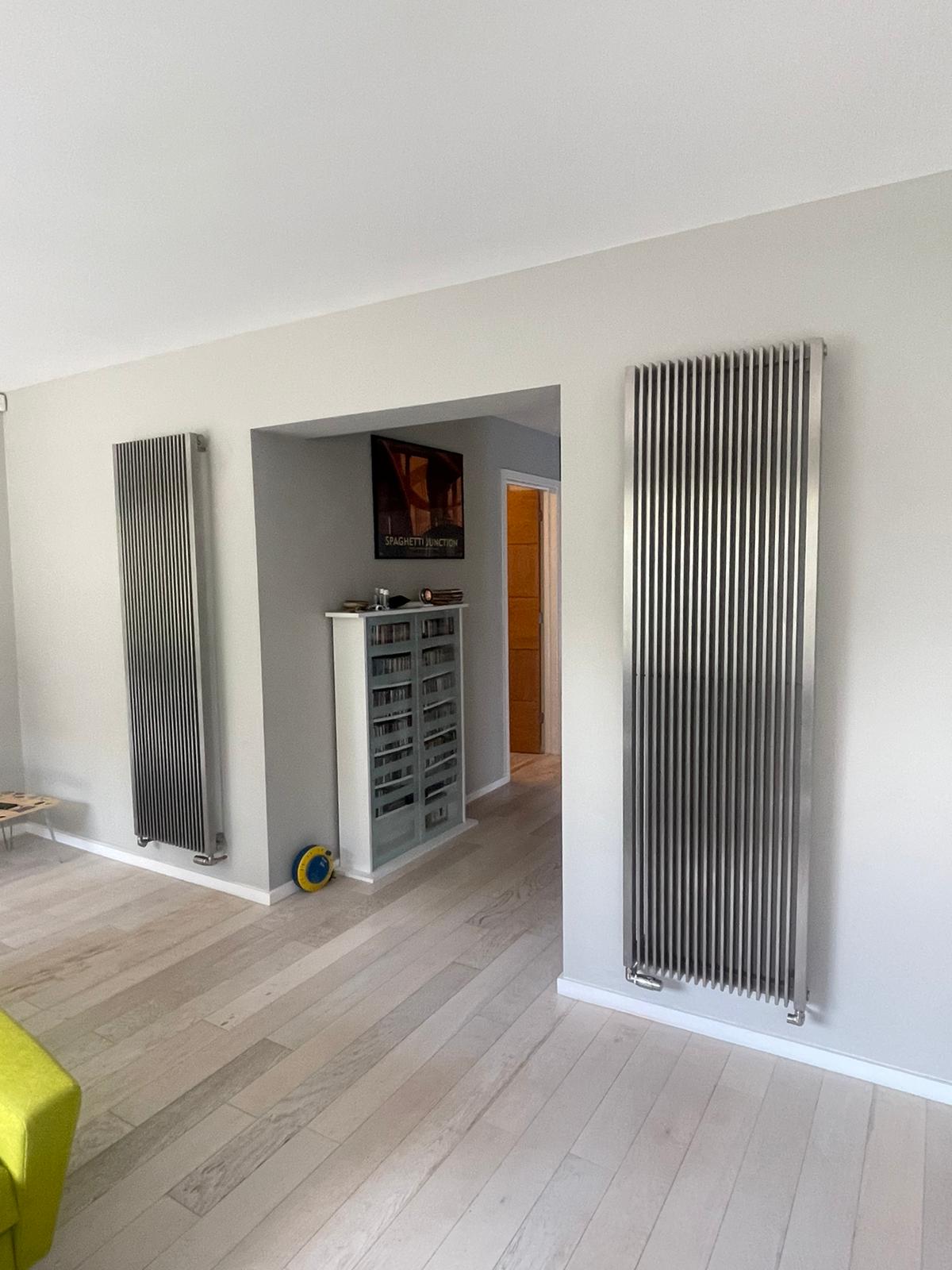When it comes to creating a comfortable and cosy home environment, central heating is a vital component. Whether you’re building a new house or upgrading your existing heating system, a well-planned central heating installation can make all the difference in keeping your space warm, efficient, and cost-effective.
Why Choose UK Boiler Fit for Central Heating Installation?
Expertise: Our highly skilled engineers and technicians are certified and experienced in central heating installation. We stay updated with the latest industry standards to ensure your system is installed efficiently and safely.
Customer Satisfaction: We take pride in delivering exceptional customer service throughout the central heating installation process. Our team is dedicated to ensuring that you are not only satisfied with the end result but also with the entire experience.
Customised Solutions: We understand that each home is unique. Our team will work closely with you to design a central heating system that matches your specific requirements and budget.
Quality Products: We source our heating systems from trusted manufacturers, ensuring longevity and reliability. All our products come with warranties for your peace of mind.
Energy Efficiency: We’re able to provide energy-efficient solutions to help you reduce your energy bills while minimising your carbon footprint.

Types of wet central heating
Conventional boiler
A conventional, or regular boiler used to be the most common form of boiler found in homes, especially in older properties. These consist of a boiler, hot water cylinder and cold water storage tanks, and are ideal for households which use a lot of hot water at the same time.
System boiler
System boilers are similar to conventional boilers in that they require a hot water cylinder to be paired with the boiler, however there is no need for the storage tanks in the loft. Instead the water is heated as it is needed but can also be stored in the cylinder.
Combi boiler
These are the most common in newer homes. A combi boiler consists on just the boiler itself, no need for a water cylinder or storage tanks. Water is fed directly from the mains to the boiler where it is heated as and when needed.
For more information, please see our boiler installation page.
Heat distribution
Radiators
The most common and well known way to distribute heat throughout the home is via radiators. They come in a range of sizes and appearances and will be fixed to a wall from where they will radiate heat when needed. The advantages of radiators is that they are more familiar when it comes to adjusting temperature, and also that they can be easily replaced if needed. The downside is that they take up wall space and don’t heat up a room evenly.
Underfloor heating
Underfloor heating is not as common as radiators but is a very effective way of heating parts of the house. It will usually be set up into zones, with a thermostat controlling each zone, allowing for easier control of which room to heat. The advantages of underfloor heating is that it is more energy efficient and provides more event heating. The downsides are that the initial installation cost is generally higher than radiators, and it is harder to make changes once installed.
For more information, please see our underfloor heating page.

Benefits of Central Heating Installation
Consistent Comfort: Central heating systems evenly distribute heat, eliminating cold spots and ensuring a comfortable living environment.
Energy Efficiency: Modern central heating systems are highly energy-efficient, reducing heating costs and environmental impact.
Increased Property Value: A well-designed and professionally installed central heating system can add value to your home.


